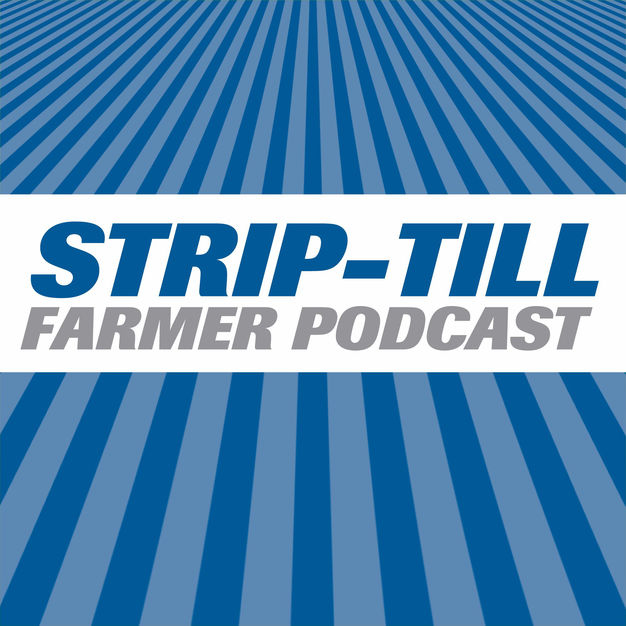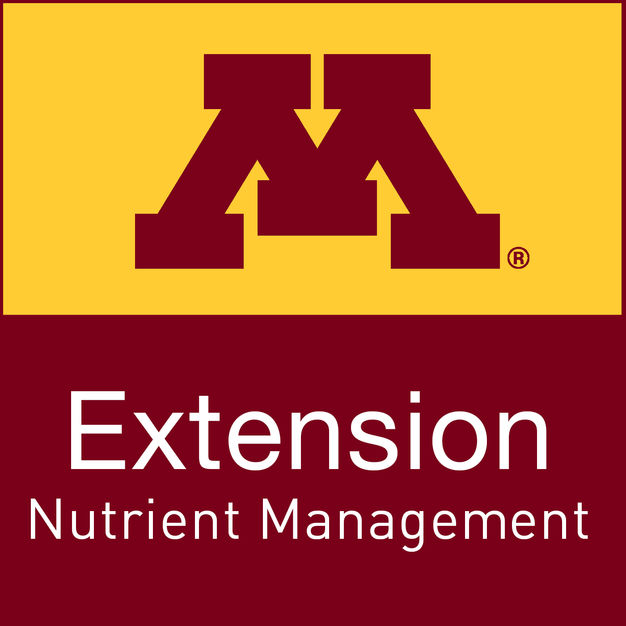
Boots In The Field Report
Ken Ferrie
The Boots in the Field Report features Crop-Tech Consulting agronomist Ken Ferrie. He will keep you up-to-date by describing what he is seeing while in the field.
- 6 minutes 43 secondsEpisode 351: Boots In The Field Report January 21, 2025
This winter growers are asking about what to do when they notice they have stand issues and Ken Ferrie gives some tips for how to hunt down the root of the problem in this week’s Boots In The Field Report. Yield maps can tell us where a problem is and how much that problem is costing in yield, but it can’t tell us what the problem is. It can guide us where to look but not answer the why. If the problem is an emergence issue, the closer the scouting is to emergence the more likely you are to be able to identify the problem.
The first step is awareness, being aware that there is an issue. Pest teams play a role in this, doing stand and ear counts to catch if there are areas that deviate farther than is acceptable from planting population.
In situations where the stand has dropped off, they can look at stalk diameter and placement to see if it is even, look below ground for indicators of planter issues like sidewall smearing or trash in the furrow, any evidence of insect or varmint pressure or the presence of diseases or weeds. These notes go in the fields record file and operators make a plan of action to correct it, managing what they can this season and a plan for fixing it before next season.21 January 2025, 11:35 pm - 6 minutes 57 secondsEpisode 350: Boots In The Field Report January 3, 2025
In this week’s Boots In The Field Report, Ken Ferrie answers a grower’s question about if you can create enough efficiency in banding fertilizer in beans to be able to reduce the amount of product applied. There are several factors that play into what the correct answer to that question is which are specific to a farming operation. Ken walks though things to consider to help growers come up with an answer for their operation.
3 January 2025, 5:26 pm - 8 minutes 37 secondsEpisode 349: Boots In The Field Report December 23, 2024
In this week’s Boots In The Field Report Ken answers a question that came in from a Beyond the Basics series viewer concerning what to consider when laying out a 4R nutrient plan that involves manure.
23 December 2024, 8:11 pm - 10 minutes 7 secondsEpisode 348: Boots In The Field Report December 12, 2024
In this week’s Boots In The Field Report Ken Ferrie covers some things to consider when evaluating how many acres to allot for new hybrids that are winning yield contests. He also has an interview discussing farming in Utah from a recent meeting he did out West.
12 December 2024, 9:19 pm - 6 minutes 52 secondsEpisode 347: Boots In The Field Report November 22, 2024
In this week’s Boots In The Field Report Ken Ferrie walks through considerations for fall tillage and if the window closes, plan Bs for getting ready next spring. He explains the different considerations for growers this fall depending on if they are in a horizontal tillage system or a vertical tillage system and also covers the question of liming ground that is on an unsecured lease.
22 November 2024, 10:58 pm - 6 minutes 8 secondsEpisode 346: Boots In The Field Report November 1, 2024
A 4R nitrogen plan starts now. In this week’s Boots In The Field Report Ken Ferrie reminds growers that if they are applying anhydrous this fall that they need to do it in conditions that will allow it to seal and conserve the nitrogen being applied, not letting it gas off.
1 November 2024, 9:18 pm - 9 minutes 15 secondsEpisode 345: Boots In The Field Report October 28, 2024
In this week’s Boots In The Field Report Ken Ferrie talks early plot results from fields harvested last week and also walks growers through options on fall tillage for the dry conditions we are facing.
28 October 2024, 8:14 pm - 5 minutes 24 secondsEpisode 344: Boots In The Field Report October 11, 2024
In this week’s Boots In The Field Report Ken Ferrie advises growers to have a harvest fire plan, and make sure everyone is aware of the plan and their part in the plan. In the dry areas he also recommends not just doing the stalk push test but also to check shank strength to make sure there aren’t fields hiding that Need to move up the priority list. Ken also reminds growers to take a moment to recharge in this furious fall to help keep everyone safe.
11 October 2024, 5:38 pm - 7 minutes 39 secondsEpisode 343: Boots In The Field Report September 27, 2024
In this week’s Boots In The Field Report, Ken Ferrie says yield information is coming in slow, but yield reports are strong. How yields are affected by this late season drought depends on soil type, compaction present, and health of crop coming into the drought. Ken encourages scouts to start doing push tests in fields and monitoring stock quality to make sure harvest order can be set appropriately and combine operators need to be on the lookout for rubbery tips to make sure harvest loss doesn’t get too high. While the moisture can help crops still working on fill and help fall tillage and strip-till applications, it will accelerate stalk quality issues especially in fields that were starting to come apart before the last patch of dry weather. As growers are looking at fall fertilizer budgets, Ken walks through some things to consider when trying to reduce input costs.
27 September 2024, 10:00 pm - 6 minutes 13 secondsEpisode 342: Boots In The Field Report September 5, 2024
If you aren’t seeing photocopy stands and photocopy ears, do a little investigation before the combine rolls through to figure where adjustments need to be made for next year to improve your systems approach.
5 September 2024, 10:23 pm - 4 minutes 50 secondsEpisode 341: Boots In The Field Report August 30, 2024
Ken gives a crop condition recap and a pest scout report from farm visits. The dry weather has some big ears wanting to tip down early and nitrogen deficiencies are showing up strong in fields that didn’t have the nitrogen plan adjusted for early season loss. Ken covers this and more in this week’s Boots In The Field Report.
30 August 2024, 6:36 pm - More Episodes? Get the App
Your feedback is valuable to us. Should you encounter any bugs, glitches, lack of functionality or other problems, please email us on [email protected] or join Moon.FM Telegram Group where you can talk directly to the dev team who are happy to answer any queries.
 The Deal With Yield - A Farming Podcast
The Deal With Yield - A Farming Podcast
 Top Third Ag Marketing
Top Third Ag Marketing
 Strip-Till Farmer Podcast
Strip-Till Farmer Podcast
 UMN Extension Nutrient Management Podcast
UMN Extension Nutrient Management Podcast
 Digital Ag Expert Connections
Digital Ag Expert Connections
 SeedSeller Radio
SeedSeller Radio